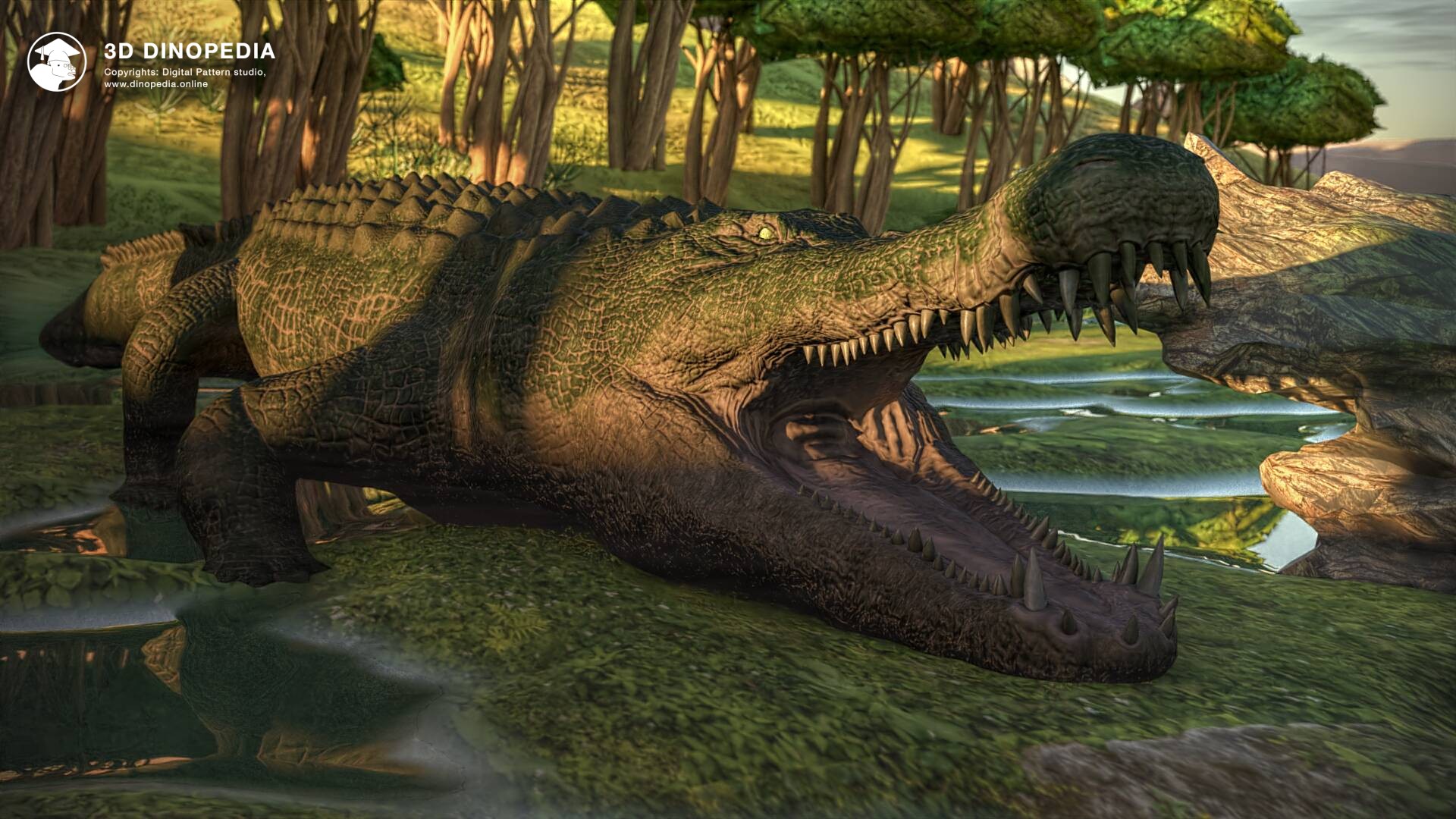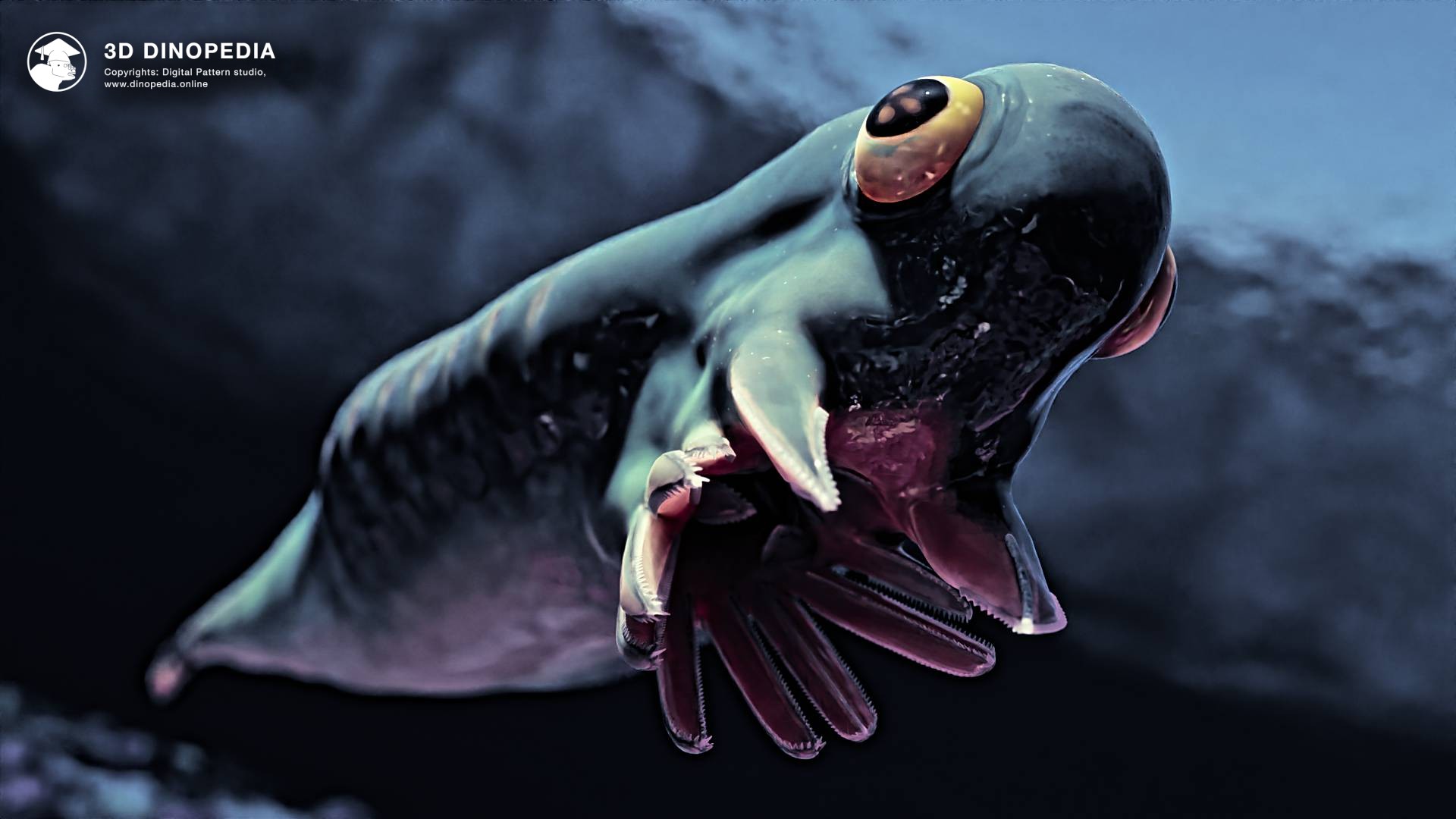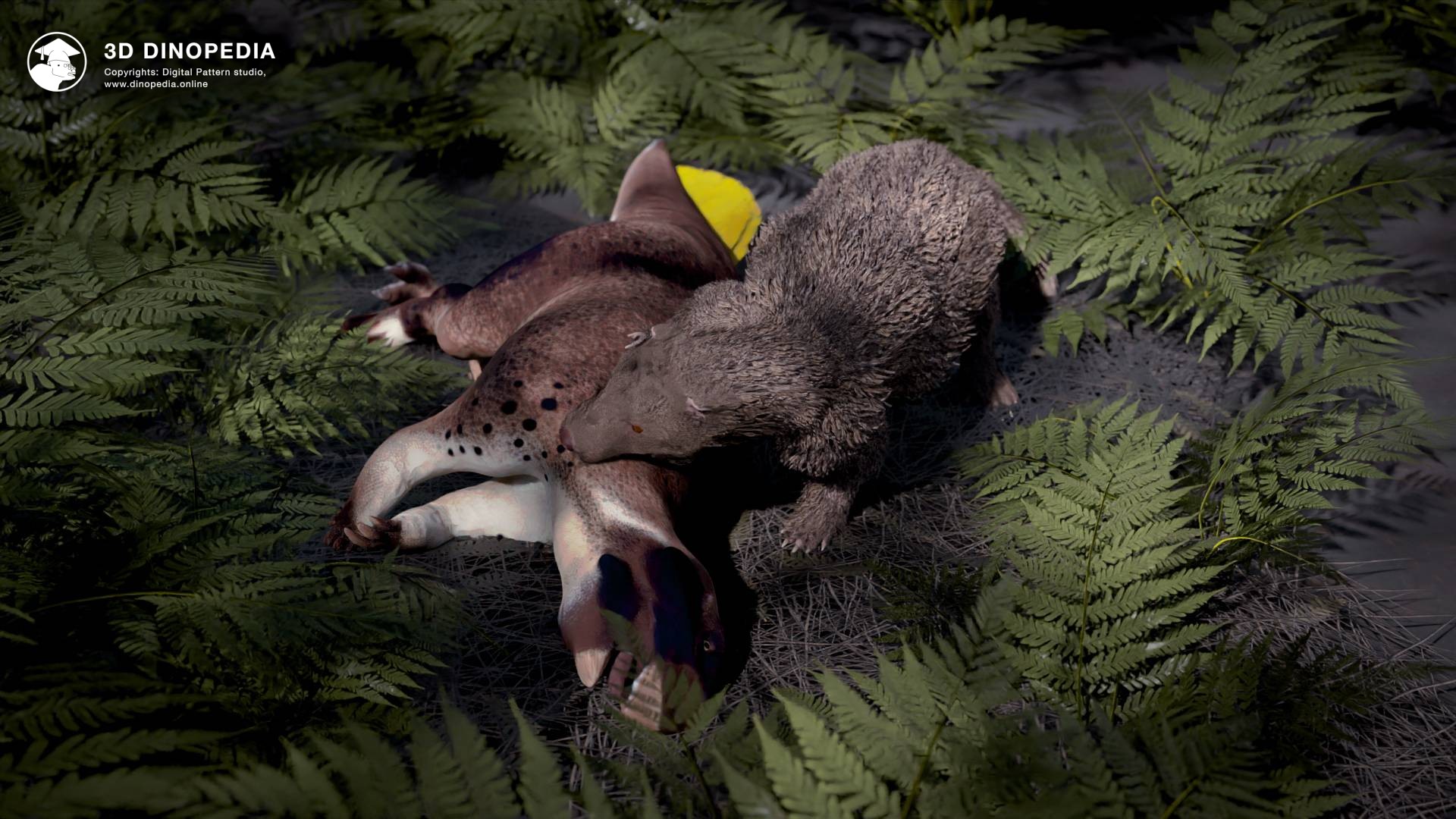Mysterious Portrait of the Ancient Fish

Many of us are familiar with images of primitive humans, but how many among us have seen an image of one of the first fish? Did it look like a shark or perhaps a herring? Or were ancient fish radically different from their modern descendants? This question seems simple, but its investigation turned into a real detective story.
Evidence of the existence of ancient fish was found by paleontologists in rocks from the Silurian period, dated at about 440 million years ago. These layers are teeming with remnants of ancient creatures. Four groups of fish emerged at the same time: Acanthodians, Cartilaginous, Placoderms, and Bony fish. The challenge seems straightforward: determine which of these is the "pioneer" among fish. However, the answer to this question was far from obvious, requiring in-depth research into complex evolutionary relationships.
Let's clarify one thing right away: Bony fish are immediately excluded from our investigation. Bony fish include almost all modern fish - herring, perch, clownfish, seahorses, and many, many others. They are too complex, have a lot of amazing features that arose during evolution, so they certainly could not have been the earliest fish.
The first candidates for the title of the oldest fish were the acanthodians (Acanthodii), known as "spiny sharks." These creatures somewhat resembled current sharks, having long, torpedo-like bodies. However, their jaws were located at the front, unlike modern sharks whose jaws are on the bottom. What stood out was the presence of many fins stretching along the belly, indicating their ancient nature. Scientists speculate that the ancestors of fish did not have paired fins, but instead had two ventral folds. Through evolution, these folds acquired bony rays, turning into fins, leading to the appearance of acanthodians. Over time, the "extra" fins disappeared, leaving only the four primary fins.
Later, transitional forms were found between acanthodians and cartilaginous fish, such as sharks, rays, and chimaeras, which are also present in today's fauna. These findings confirmed that acanthodians are ancestors of sharks.
Nevertheless, acanthodians were not the only contenders for the role of the oldest fish. Placoderms, or armored fish, which lived 440-360 million years ago, were covered with a shell of bony armor. They had many ancient features, including a cartilaginous skeleton and a simple body structure. It's worth noting that the ancestors of fish also had armor, which may suggest that placoderms were their descendants. However, the absence of transitional forms between placoderms and other fish cast doubt on this theory.
Thus, acanthodians and placoderms vied for the title of ancestors of all fish. But both groups lacked an important link with other fish and terrestrial vertebrates. This mystery persisted until 2013, when research began on the mysterious Entelognathus.
The remains of the ancient armored fish Enthelognathus were discovered in the early 2000s in the Xiaoxian reservoir area in Yunnan province, China. This ancient aquatic inhabitant was only 20 cm long, and the found fragment of its shell was even smaller. At first glance, what can such an insignificant find offer to science? The answer turned out to be astonishing. In 2013, researchers found bones among the skull plates of this fish identical to those present in the skulls of other fish, and even in our skull. This discovery suggests that Entelognathus could be the ancestor of all fish and terrestrial vertebrates. Thus, acanthodians and ancient bony fish might have originated from it or its relatives. Acanthodians led to the emergence of modern cartilaginous fish, such as sharks, and ancient bony fish became the ancestors of modern fish and even terrestrial animals, including us.
Paleontology offers us a unique opportunity to peer into the past of our planet, revealing the mysteries of the evolution of life, including uncovering unknown pages in human history.
Want to learn more? Dive into the amazing world of ancient animals with the app “3D Dinopedia: Paleontology”. Here you will find detailed 3D models, captivating facts, and comprehensive information about animals and their environment.












